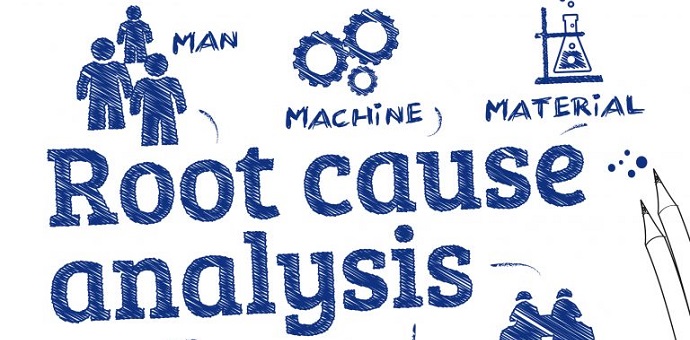To share that empirical evidence has shown that under normal conditions, we can make between three to seven errors per hour. Under stressful, emergency, or unusual conditions, we can make an average of 11 errors per hour.
Whilst Human Error is an inevitable consequence of our human engagement with the aviation system or various business processes, we should not be willing to accept the term “Human Error” as an acceptable root cause of an event.
Let’s consider why Is “Human Error” is NOT an Acceptable Root Cause?
Essentially it is because the acceptance that human error was involved in an unwelcome event may imply that whatever has happened is beyond our control and it can therefore happen again! (which clearly is not an acceptable outcome.)
Whenever we encounter an incident or accident which involves a trained and competent person who is engaged in the normal work environment, experiencing or implicated as the direct cause of such an event, we often find also that there are also additional system factors involved.
In the final analysis solutions that address human error directly such as remediation and training, are weaker solutions whereas solutions that address the system such as changes in the process or procedure are usually much stronger.
How to take Effective Steps
It is essential that we achieve an understanding of all the various system factors which in some way have impacted the event so that we are able to develop appropriate mitigations to address the exposures so that we can find ways to either remove them or mitigate their effects.
Within every organisation the goal must be to raise the level of safety so that we negate or minimise the possibility of seeing similar events re occurring. Accepting that in normal circumstance people do not deliberately make mistakes may help. Please consider that invoking outcomes which involve discipline, counselling or retraining is not the best solution.
Whilst such actions may in the case of the individual involved, impact the possibility of the event re-occurring. This does not mean that it cannot happen again (this time with other actors in place).
Our goal therefore should be to increase safety in the long term and unfortunately discipline driven retraining is not usually an effective solution.
Final Comments
Therefore, it’s vitally important to understand the various system factors which have acted (or have the potential to act) as latent conditions or precursors and which have as a result facilitated human error and to develop and deliver system solutions. The designated persons responsible for the root cause analysis should not focus on HF as a terminal root cause rather to consider it as a contributory factor.
www.sassofia.com offers multiple training courses to further the understanding of EASA Compliant Aviation Quality, Safety & Root Cause Analysis.




